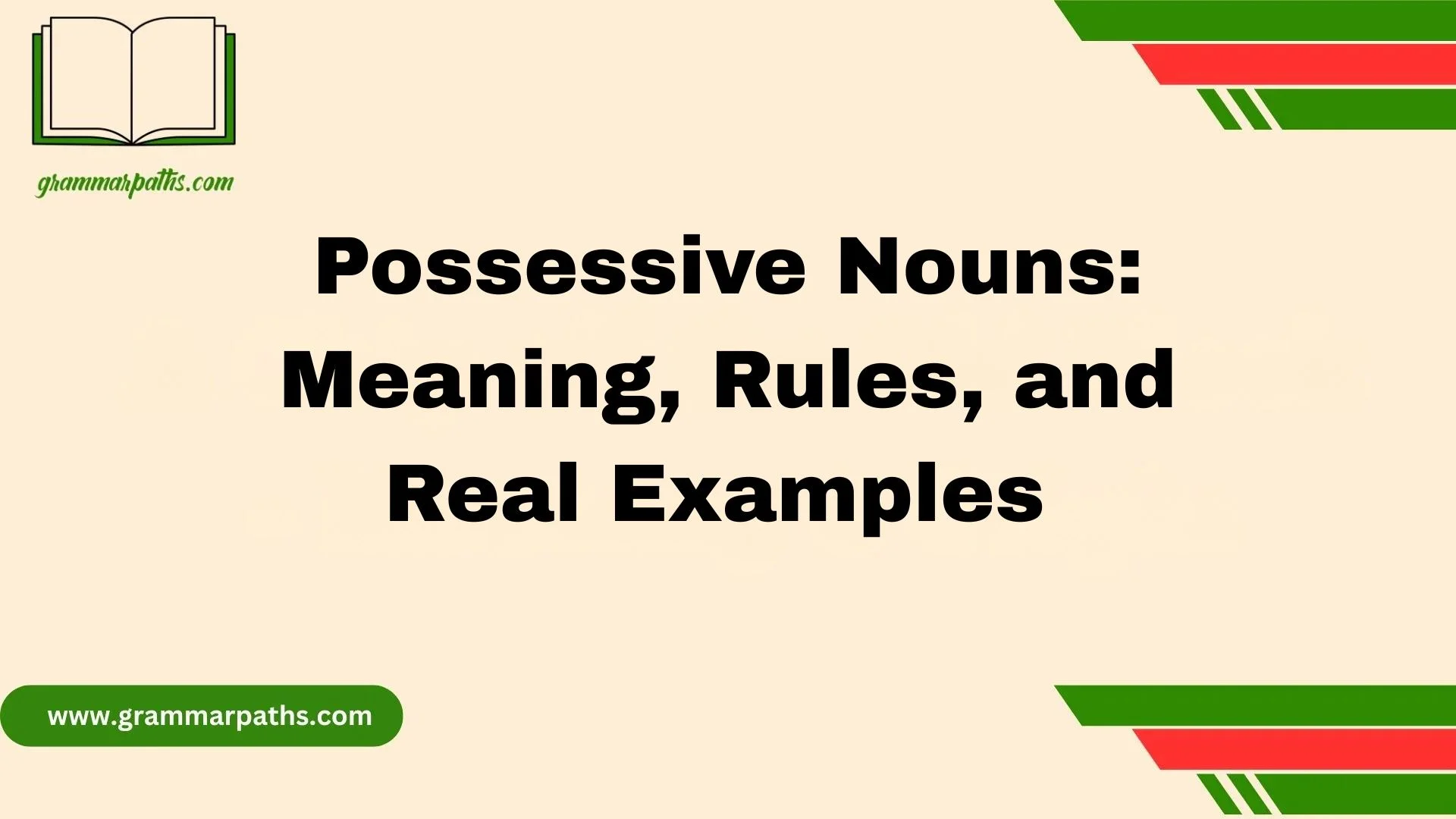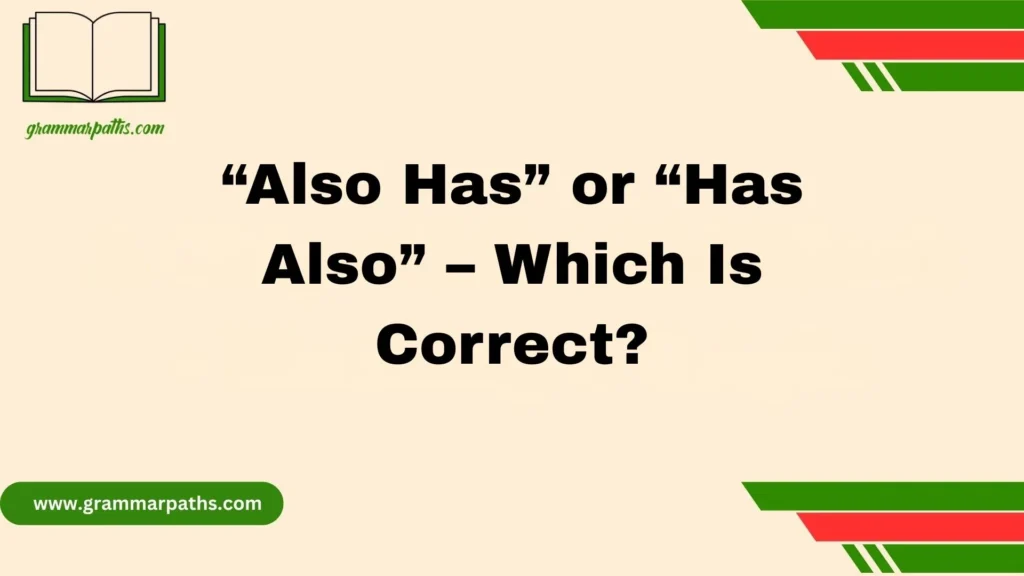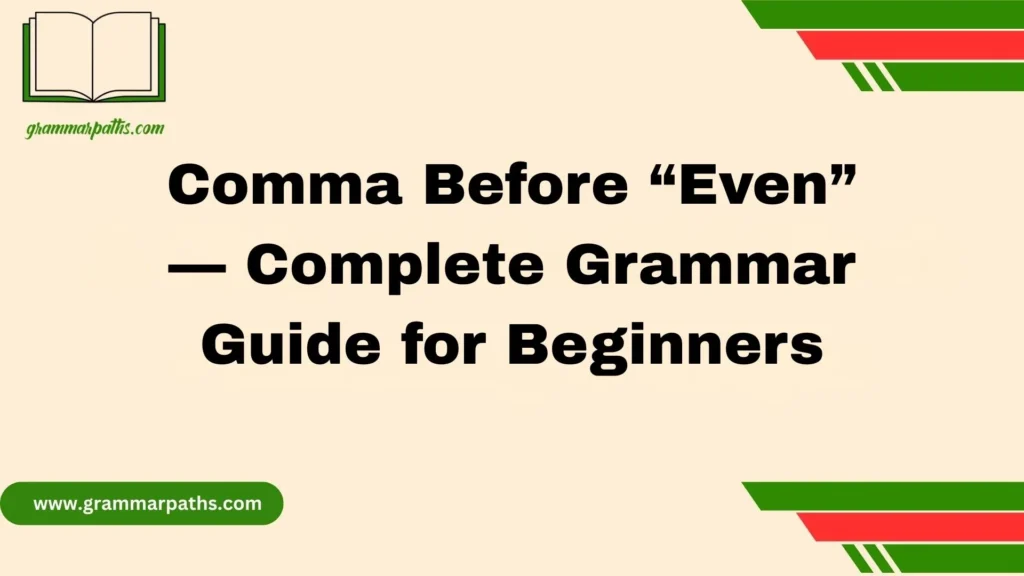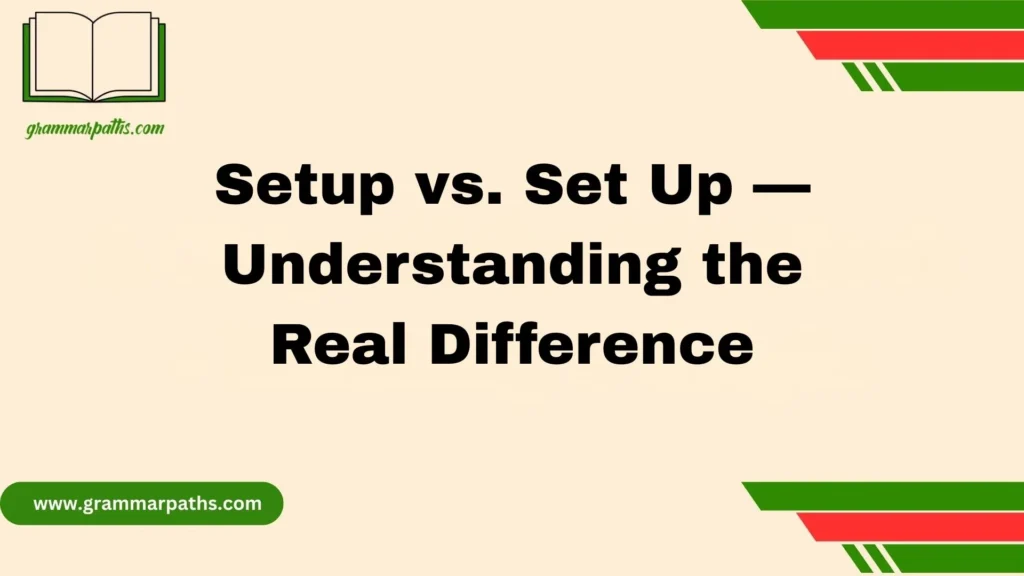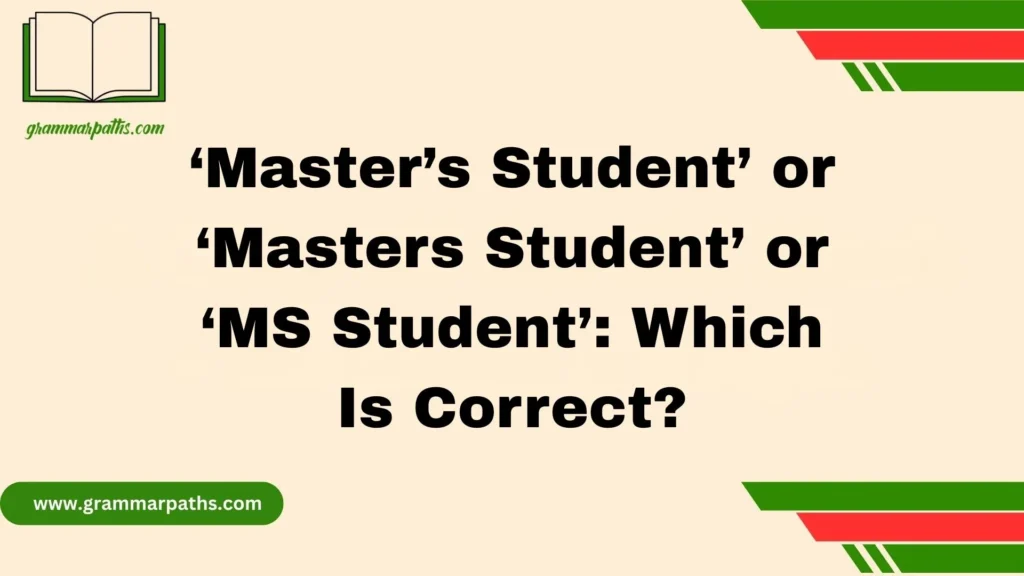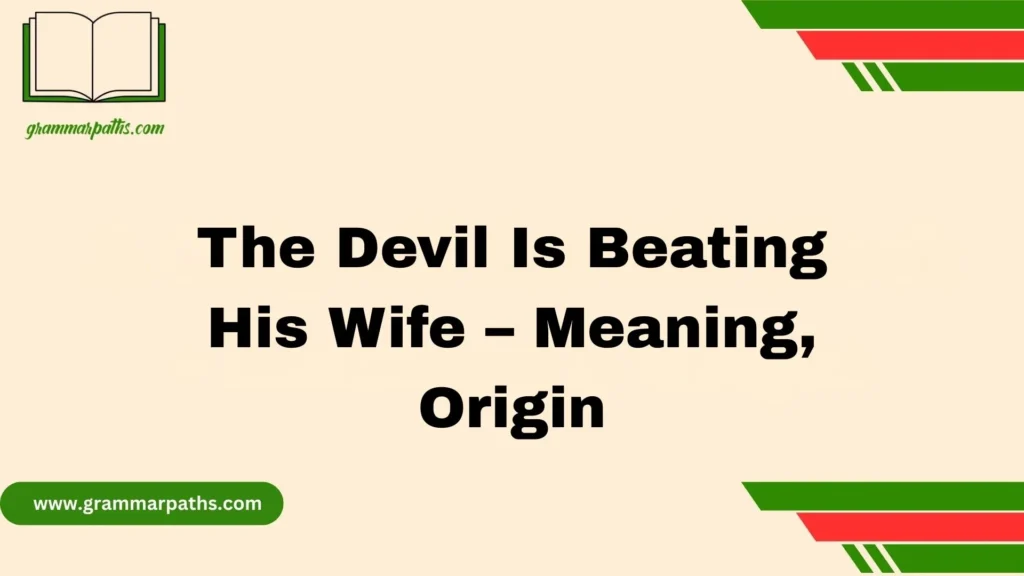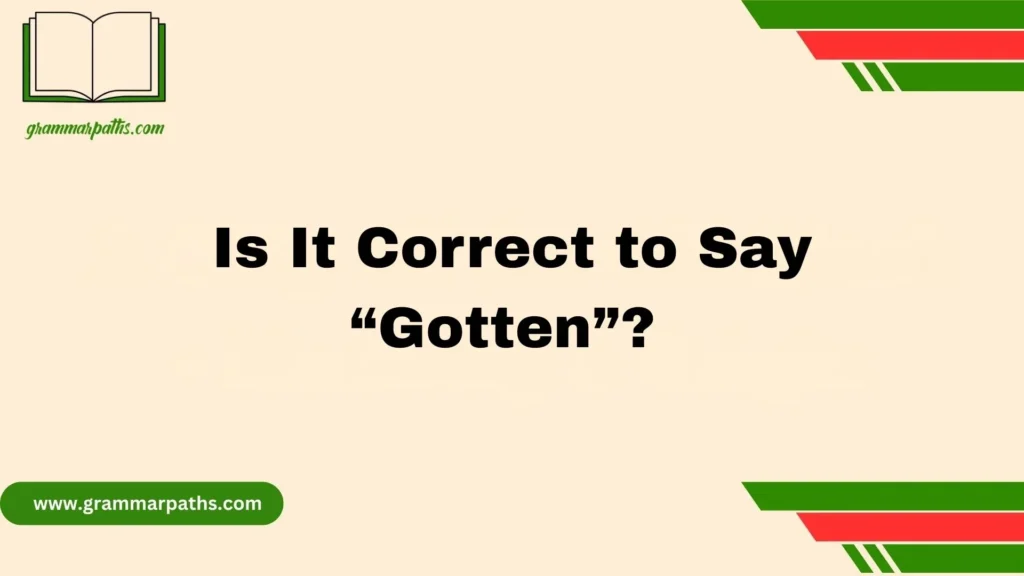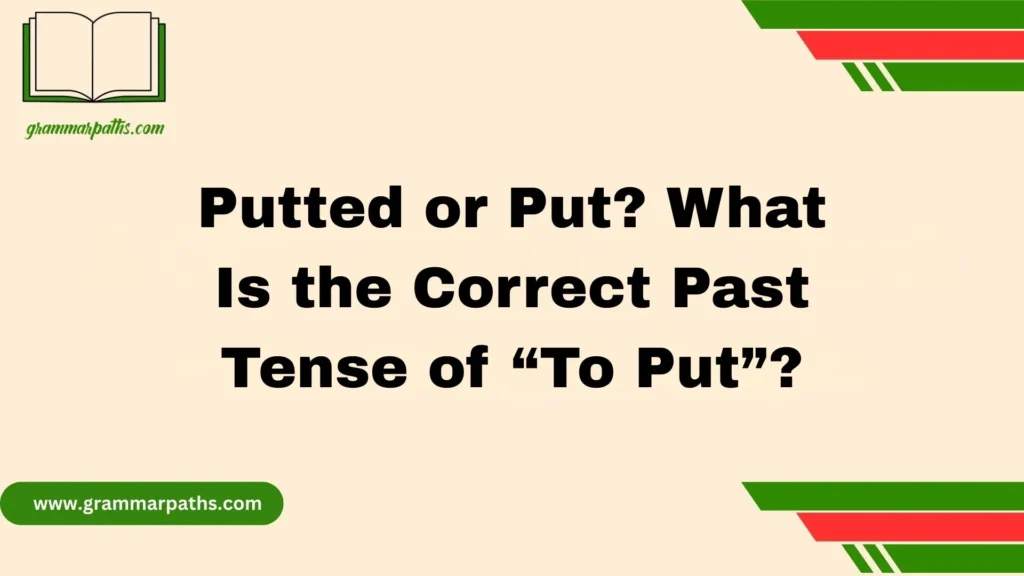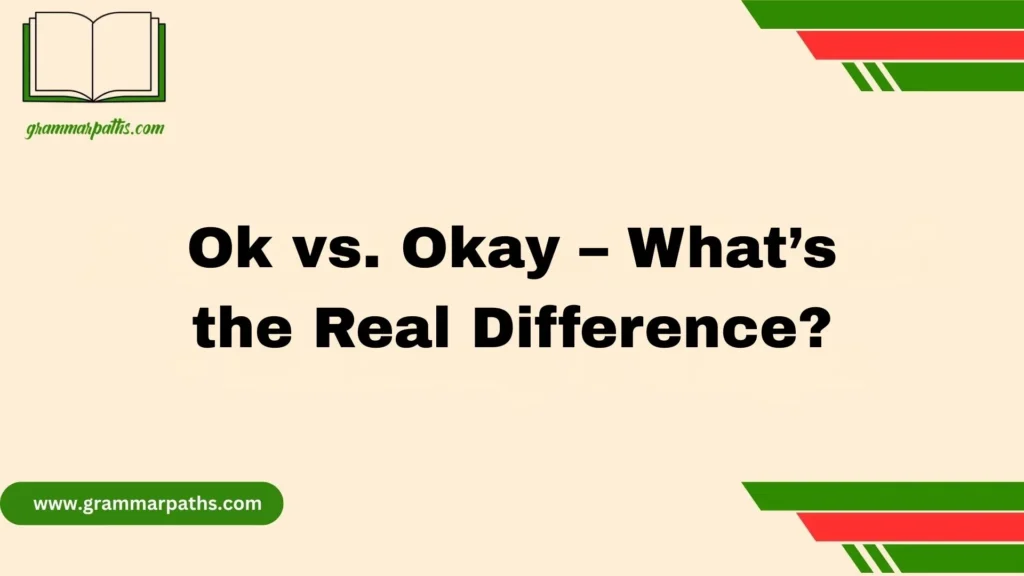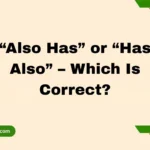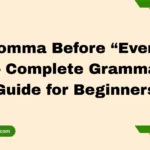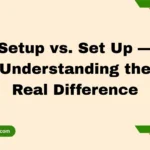When we talk about possessive forms, we’re really describing how a noun shows possession or ownership. I still remember when I first learned this in school—our teacher drew a little cat’s collar on the board to explain that the collar belongs to the cat. It instantly clicked for me. The small apostrophe and “s” at the ends of words are what make all the difference. They clearly show that something is owned or connected to someone or something.
Another example that helped me remember this rule was the boys’ bedroom. It reminded me of my brothers sharing a messy room—the bedroom clearly belongs to the boys. The apostrophe after the “s” in boys’ is used when the owner is plural. Over time, I realized that once you understand how these forms show ownership, grammar feels more natural.
Understanding Possession in English Grammar
In English, possession doesn’t only mean owning something; it can also describe relationships, characteristics, or associations.
For example:
- The girl’s backpack → shows ownership.
- The teacher’s advice → shows a relationship, not literal ownership.
- The city’s skyline → describes a characteristic.
A possessive noun shows who or what something belongs to. Instead of saying the toys that belong to the children, we simply say the children’s toys.
See how much cleaner and more natural that sounds?
What Is a Possessive Noun?
A possessive noun is a noun that shows ownership or belonging by adding an apostrophe (‘), sometimes followed by an s.
Example:
- The dog’s bone → the bone belongs to the dog.
- The company’s profits → profits belong to the company.
A possessive noun modifies another noun, turning it into something descriptive.
Here’s a quick comparison:
| Type | Example | Meaning |
| Regular Noun | The cat | Refers to a cat |
| Possessive Noun | The cat’s tail | Shows that the tail belongs to the cat |
The Role of Apostrophes in Showing Possession
Apostrophes are powerful little punctuation marks. They help distinguish between a plural noun (many of something) and a possessive noun (ownership).
However, many people misuse them. Adding or omitting an apostrophe can completely change a sentence’s meaning.
Common Mistakes
- The teachers room → looks plural but unclear.
- The teacher’s room → one teacher owns the room.
- The teachers’ room → more than one teacher owns it.
Quick Chart for Apostrophe Placement
| Type | Form | Example |
| Singular noun | ’s | The girl’s book |
| Plural ending in s | ’ | The girls’ room |
| Irregular plural | ’s | The children’s toys |
Remember: Apostrophes never make nouns plural—they show possession, not quantity.
Singular Possessive Nouns: The Simple Rule
When a noun is singular, you simply add ’s to make it possessive.
Examples:
- The boy’s hat → the hat belongs to one boy.
- The doctor’s appointment → appointment for one doctor.
- The car’s engine → the engine of the car.
This rule applies to most singular nouns, even those that end with s (though style guides vary slightly).
Singular Nouns Ending in “s”: The Tricky Rule Everyone Gets Wrong
Now, here’s where things get interesting. What do you do with singular nouns ending in s—like Charles or Texas?
There are two accepted forms depending on the style guide or preference:
- Charles’s book (Chicago Manual of Style – preferred in American English)
- Charles’ book (Associated Press style – used in journalism)
Both are grammatically correct.
If you’re writing formally or academically, add ’s unless it feels awkward when spoken aloud.
If you’re writing for a news publication or short-form media, add only the apostrophe.
Comparison:
| Style Guide | Example | Rule |
| Chicago Manual of Style | James’s guitar | Add ’s for all singular nouns |
| AP Style | James’ guitar | Add only an apostrophe after s |
| APA Style | Charles’s idea | Add ’s unless pronunciation sounds unnatural |
Forming Plural Possessive Nouns
For plural nouns that end in s, simply add an apostrophe after the s.
Example:
- The dogs’ park → the park belongs to multiple dogs.
- The teachers’ lounge → the lounge used by all teachers.
For irregular plural nouns that don’t end in s, add ’s.
Example:
- The children’s playground
- The men’s department
- The women’s meeting
Here’s a visual table for clarity:
| Noun | Plural Form | Possessive Form | Example |
| Dog | Dogs | Dogs’ | The dogs’ park |
| Child | Children | Children’s | The children’s laughter |
| Woman | Women | Women’s | Women’s leadership event |
| Boss | Bosses | Bosses’ | The bosses’ meeting |
Compound and Joint Possession
When two or more people share ownership, the apostrophe goes after the last noun.
Example:
- Jack and Jill’s house → they share one house.
But if each owns something separately, add ’s to both.
Example:
- Jack’s and Jill’s cars → Jack owns one car, Jill owns another.
Possessive Pronouns vs. Possessive Nouns
People often confuse possessive pronouns with possessive nouns—but they’re not the same.
Possessive Nouns
Show ownership and use an apostrophe.
Example: The boy’s shoes.
Possessive Pronouns
Show ownership without an apostrophe.
Example: His shoes.
| Type | Word | Example |
| Possessive Pronoun | Mine, yours, his, hers, ours, theirs, its | That book is mine. |
| Possessive Noun | John’s, Sarah’s, dog’s | That’s Sarah’s book. |
Key Reminder: Never write it’s when you mean its.
- It’s = It is.
- Its = Belonging to it.
Example:
The company increased its profits.
The company increased it’s profits.
Possessive Adjectives and How They Differ
Possessive adjectives describe ownership but come before a noun.
Examples:
- My car
- Your idea
- Their project
They’re different from possessive pronouns, which replace the noun entirely.
| Type | Word | Example |
| Possessive Adjective | My, your, his, her, our, their | My computer is fast. |
| Possessive Pronoun | Mine, yours, his, hers, ours, theirs | The fast computer is mine. |
Advanced Possessive Structures and Special Cases
Sometimes, possession goes beyond the simple ’s rule. Let’s look at a few advanced patterns.
1. Double Possessives
These appear when both of and ’s are used.
Example: A friend of John’s (not a friend of John).
It shows one of possibly several friends belonging to John.
2. Possession with Inanimate Objects
While people own things, inanimate objects can sometimes take the possessive form when it sounds natural:
- The car’s engine
- The book’s cover
- The company’s reputation
But for formal or academic writing, you might prefer “of” phrases:
- The engine of the car (formal)
- The car’s engine (natural, conversational)
3. Time and Quantity Possessives
Time or amount expressions often use possessives:
- A day’s work
- Two weeks’ notice
- A dollar’s worth
Notice that weeks’ uses the plural possessive form.
4. Possessives in Names and Organizations
When proper nouns involve multiple words:
- The United States’ economy
- The Department of Education’s policies
Possessive Forms in Everyday English and Writing Style
In natural writing, you’ll often choose between a possessive form and an “of” phrase depending on tone.
Examples:
- The manager’s office → informal, conversational.
- The office of the manager → formal, academic.
In marketing or creative writing, possessive forms sound more dynamic.
In academic papers or business documents, “of” constructions may read more neutral.
Quick Style Tip:
If it’s short and personal, use a possessive noun.
If it’s long or abstract, use “of.”
Example: The nation’s growth → better than The growth of the nation.
Common Mistakes and How to Avoid Them
Even seasoned writers trip over apostrophes. Here’s how to dodge the most frequent errors.
1. Confusing Plurals and Possessives
| Incorrect | Correct | Explanation |
| The dog’s are barking. | The dogs are barking. | Apostrophe unnecessary. |
| The cats tail is fluffy. | The cat’s tail is fluffy. | Apostrophe needed to show ownership. |
2. Misplacing Apostrophes
| Incorrect | Correct | Explanation |
| The teachers room | The teacher’s room | One teacher. |
| The teachers’ room | The teachers’ room | Several teachers. |
3. Adding Apostrophes to Pronouns
| Incorrect | Correct |
| It’s color is nice. | Its color is nice. |
| Your’s truly | Yours truly |
4. Overusing Possessives with Objects
Avoid awkward phrases like the table’s leg in very formal writing—use the leg of the table instead.
Quick Reference Table: Possessive Rules at a Glance
| Type | Rule | Example |
| Singular Noun | Add ’s | The student’s book |
| Singular Ending in s | Add ’s or just ’ | James’s or James’ car |
| Plural Ending in s | Add ’ | The cats’ toys |
| Irregular Plural | Add ’s | The children’s games |
| Compound Possession | Add ’s to last noun | Tom and Jerry’s show |
Practice Section: Test Your Knowledge
Try fixing these sentences. Answers are below each.
- The teachers lounge is upstairs.
The teachers’ lounge is upstairs. - The childrens playground is huge.
The children’s playground is huge. - Its raining outside.
It’s raining outside. - The two boss’s offices are next to each other.
The two bosses’ offices are next to each other. - The companies profits are rising.
The company’s profits are rising.
Conclusion
Understanding possessive nouns is all about seeing how small changes—like adding an apostrophe—can completely shift meaning. Whether it’s the cat’s collar or the boys’ bedroom, each example shows how a simple mark belongs in English grammar to indicate ownership or connection. Once you practice using these forms, they start to feel effortless and natural in writing and speech.
FAQs
1. What is a possessive noun?
A possessive noun shows ownership or possession. For example, “the cat’s toy” means the toy belongs to the cat.
2. When do we use an apostrophe?
Use an apostrophe before “s” for singular ownership (the girl’s hat) and after “s” for plural ownership (the girls’ hats).
3. What if a noun already ends with ‘s’?
You can add just an apostrophe (the boss’ office) or “’s” (the boss’s office)—both are accepted, but consistency matters.
4. How can I tell if it’s possessive or plural?
Plural nouns simply end with “s” (like cats), while possessive nouns have an apostrophe (like cat’s).
5. Why are possessive nouns important?
They make sentences clearer by showing relationships—who owns what or to whom something belongs.
References and Style Guide Notes
- The Chicago Manual of Style – Possessives
- APA Style: Apostrophes and Possessives
- Merriam-Webster Grammar Guide on Apostrophes
- Grammarly Handbook: Possessive Nouns

Mia Rose is the passionate writer and founder of GrammarPaths.com, a resource dedicated to helping learners master English grammar, idioms, and writing skills with ease. With a deep love for language and years of experience in teaching and content creation, Mia simplifies complex grammar rules into clear, practical guides that readers can instantly apply.
